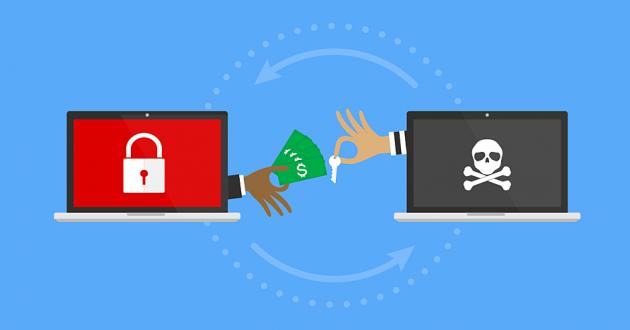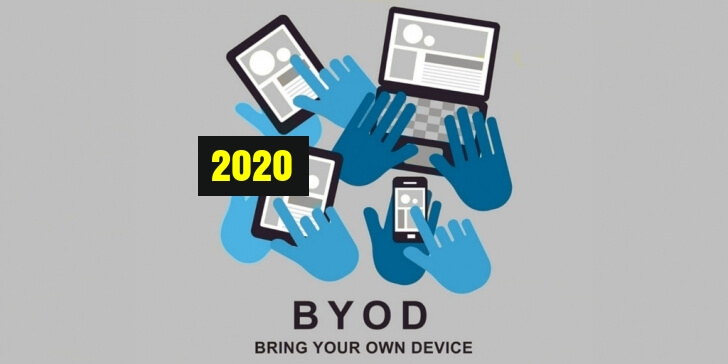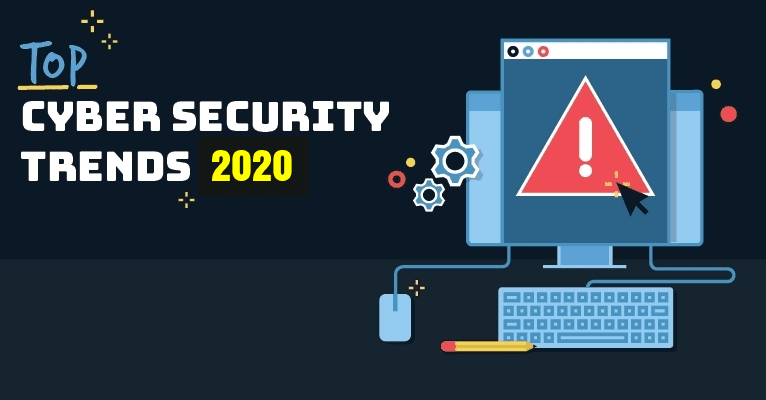It’s time for businesses to look back at the year that was with an eye toward cybersecurity trends to expect in 2020. When it comes to the topic of cybersecurity, that look back is likely to be a disturbing one.
That’s because 2019 saw the global cybersecurity landscape become rife with threats. The year began with global hotel giant Marriott disclosing that it had been the victim of a massive data theft and ended with Facebook once again suffering a breach of epic proportions. In between, businesses of all kinds were hit with ransomware attacks, denial of service attacks, and all manner of other digital disruptions.
Going into 2020, that means cybersecurity should be very much on the minds of any business that hopes to escape the coming year unscathed. Preparing for the year, though, is no easy feat. To help, here are three major cybersecurity trends that businesses must be aware of for 2020.
3 Most Expected Cybersecurity Trends 2020
- Ransomware Will Continue to Grow
- Multi-Cloud Users Will Become Targets
- BYOD Risk Will Increase
Ransomware Will Continue to Grow

If 2019 taught us anything, it’s that ransomware is fast becoming the preferred mode of attack for hackers.
It’s easy to understand why. For a business, government, or other organization, having vital data held hostage is a threat of unimaginable proportions.
That’s why a key part of the 2020 Cybersecurity Trends and Cybersecurity Policy will have to deal with ransomware defense and mitigation.
For most businesses, this means keeping all digital systems patched and up-to-date, maintaining an updated and active endpoint protection system on all devices, and making sure every vital system has a valid and complete backup at all times.
It’s also a good idea to make use of an online training platform like Training.com.au to provide comprehensive cybersecurity classes for all employees to defend against phishing and other social engineering attacks.
It’s important to note, too, that businesses that rely on managed service providers (MSPs) for their technology needs should raise the issue with their vendor right away.
In recent months, several MSPs have been the targets of ransomware attacks, in which hackers used them to infect client systems for maximum effect. Since that attack vector is bound to grow, it’s up to businesses to be proactive and ask their MSP how they’re dealing with the threat.
Multi-Cloud Users Will Become Targets

As businesses have grown increasingly reliant on cloud software and solutions, many have gradually lost control over who has access to their various cloud resources.
That is creating a major attack vector that hackers are all too happy to exploit. Already, the data indicates that 52% of such businesses have suffered an attack in the past year. That number is likely to grow in 2020.
In most cases, creating a single security policy to govern cloud access isn’t enough.
Differing access control methods on different platforms make governance a difficult task with too many opportunities for oversights. Instead, businesses should start to explore turning to a cloud access security broker (CASB) solution to keep their cloud assets secured.
Doing so allows for the centralization of cloud security policy and provides a choke point to block an attack if one comes.
Many also include single sign-on (SSO) capabilities that give technology administrators a way to control access to all relevant systems.
BYOD Risk Will Increase

In 2019, more businesses embraced the flexibility and cost savings that come from bring your own device (BYOD) policies. Unfortunately, it didn’t come without significant risk.
According to data from Kaspersky, almost half of all organizations with a BYOD policy had to deal with malware attacks stemming from infected employee devices.
In 2020, that risk is going to increase as hackers seek to target employee devices that are typically less secure than business-owned hardware.
This leaves companies with only two realistic options to protect themselves. One is to suspend BYOD access to company data and systems. The other is to deploy a mobile device management (MDM) solution that can handle security for BYOD users.
Most of the available MDM solutions offer businesses high visibility into the devices under their control, and some include integrated threat management and antimalware functionality.
They can be put to use to create a layered mobile security policy that can keep business systems safe from infected employee devices with a rules-based approach.
A Safe and Secure 2020
By creating plans to deal with these three cybersecurity trends going into the new year, businesses will have a head start on making it to 2021 without becoming another dire statistic.
It won’t be easy. Right now, it’s fair to say that malicious actors all over the globe have businesses, governments, and other organizations very much on the defensive.
Staying safe requires constant and careful attention to the ever-evolving threat landscape and quick, decisive actions to head off potential security concerns.
Those that act early stand a decent chance of remaining secure in the face of mounting threats. If enough businesses ramp up their efforts in 2020, there’s even a chance that the tide may be turned against the hackers.
After all, hackers rely on lax defenses, security flaws, and poor execution of security policies more than anything else, and the higher the barricades erected by businesses become, the safer everyone will eventually be.










